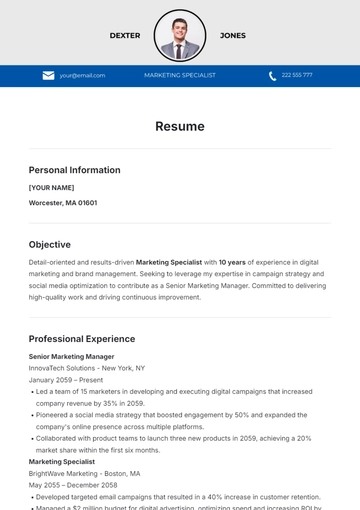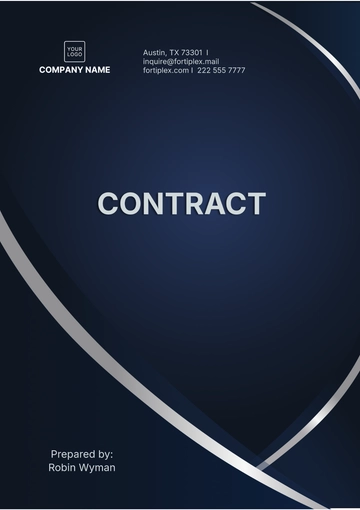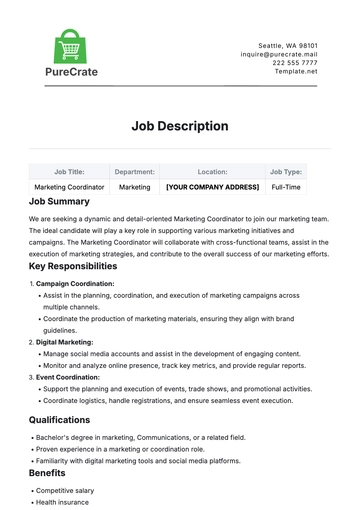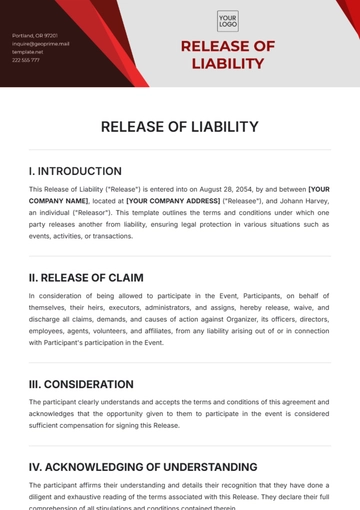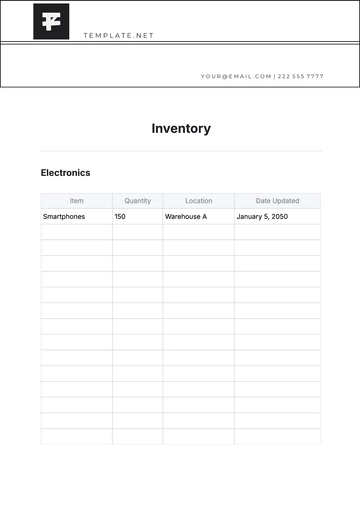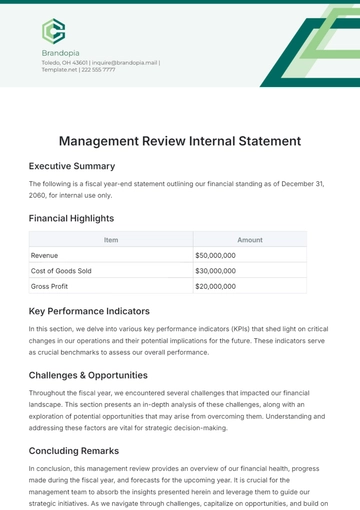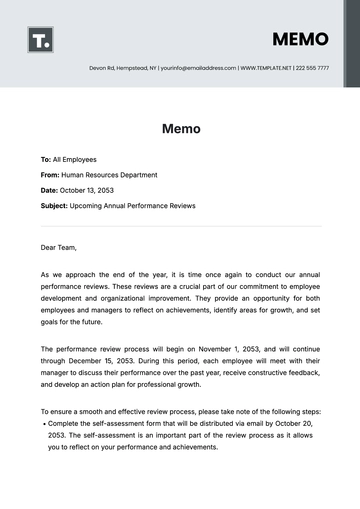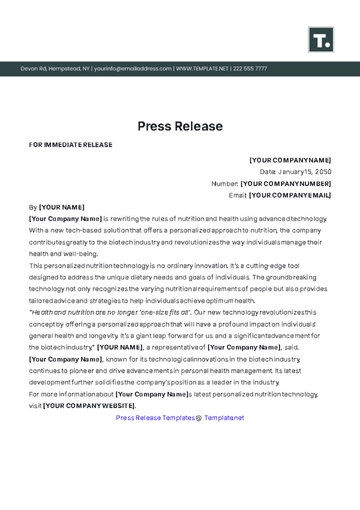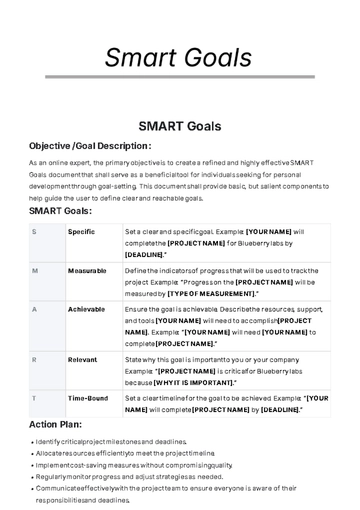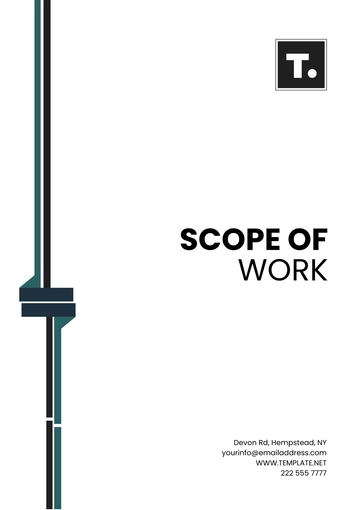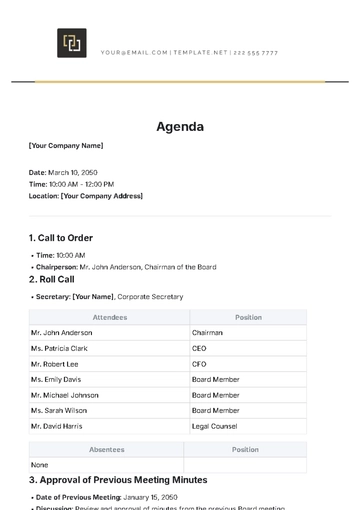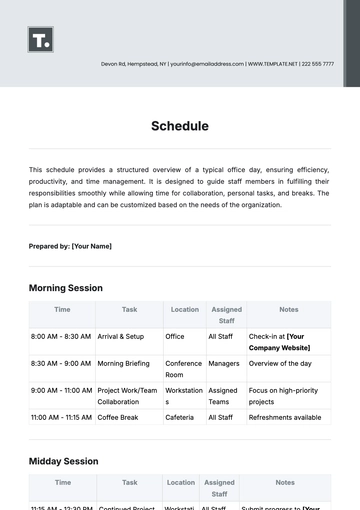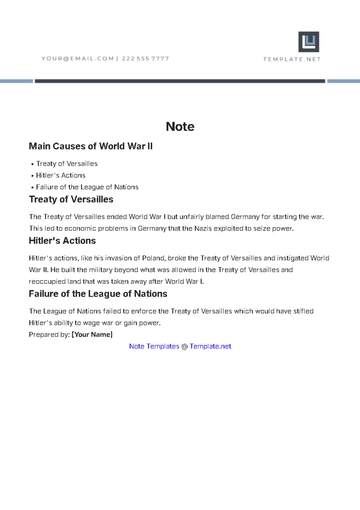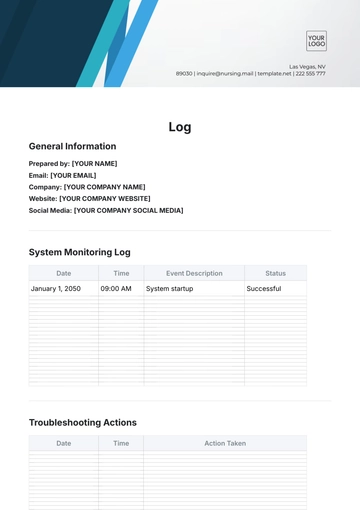Free Graphic Design Article
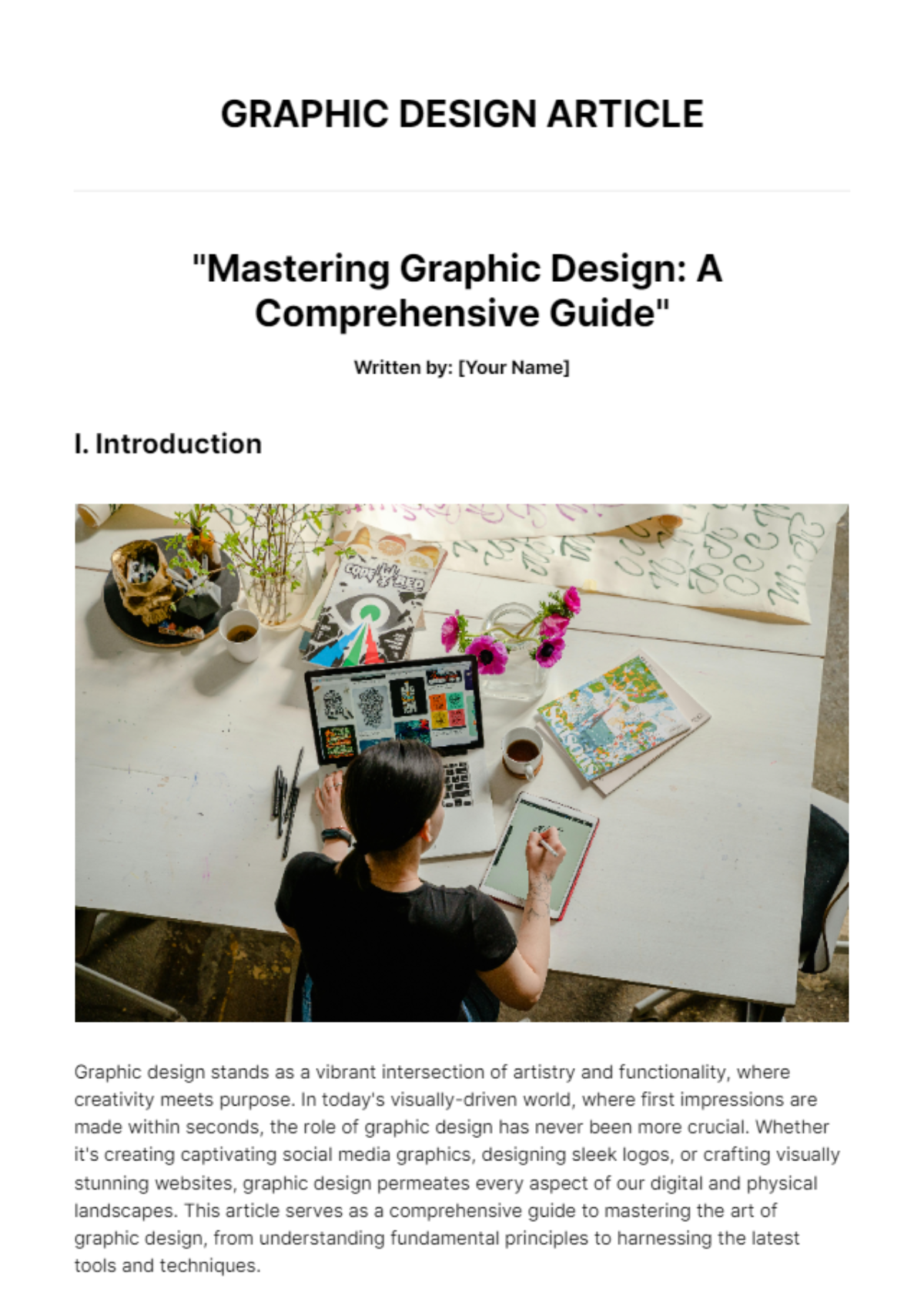
"Mastering Graphic Design: A Comprehensive Guide"
Written by: [Your Name]
I. Introduction
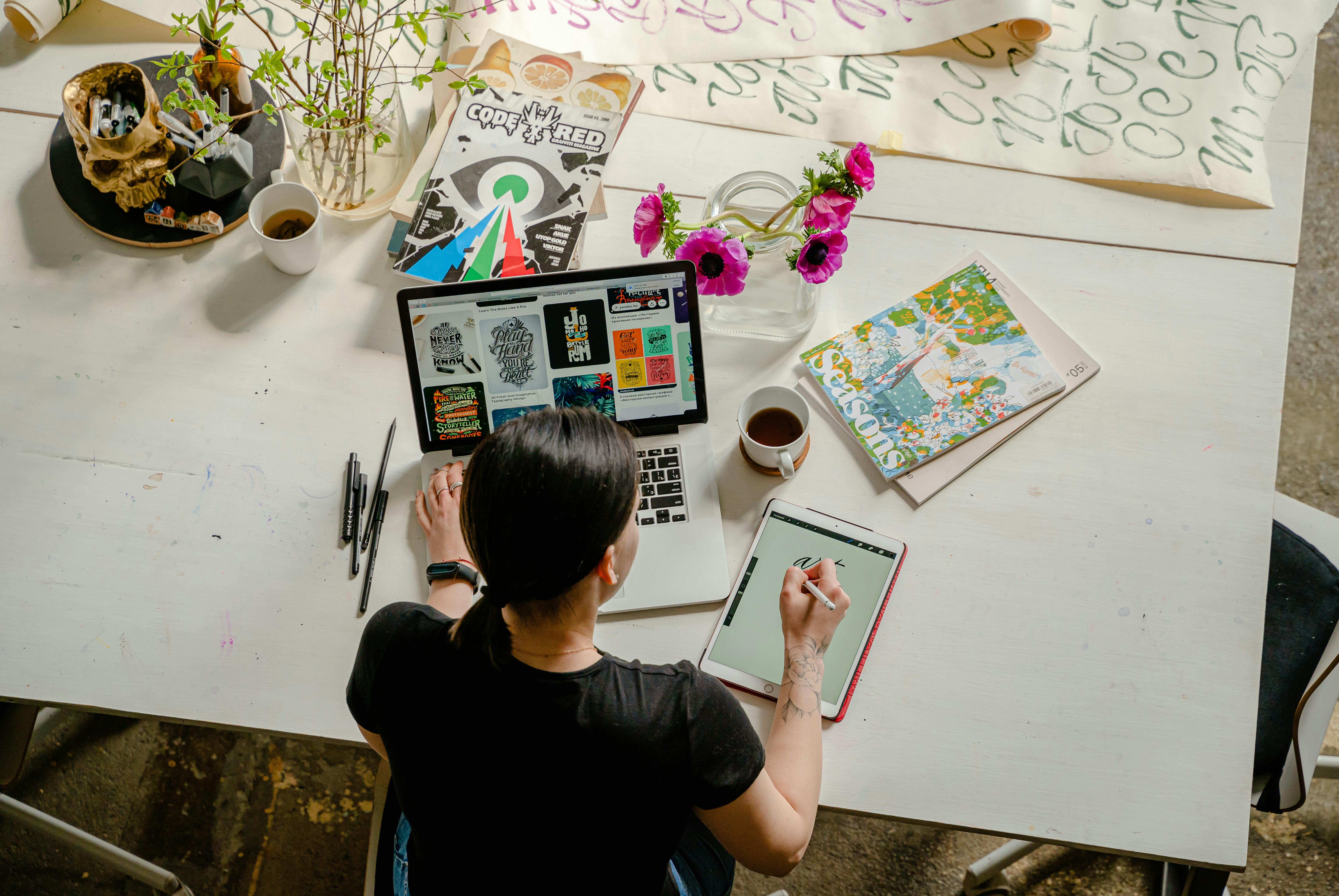
Graphic design stands as a vibrant intersection of artistry and functionality, where creativity meets purpose. In today's visually-driven world, where first impressions are made within seconds, the role of graphic design has never been more crucial. Whether it's creating captivating social media graphics, designing sleek logos, or crafting visually stunning websites, graphic design permeates every aspect of our digital and physical landscapes. This article serves as a comprehensive guide to mastering the art of graphic design, from understanding fundamental principles to harnessing the latest tools and techniques.
II. Understanding the Basics

1. What is Graphic Design?
At its core, graphic design is the art of visual communication. It involves the use of typography, imagery, color, and layout to convey messages and evoke emotions. From branding and marketing materials to user interfaces and publication design, graphic design encompasses a wide range of disciplines and applications.
2. Key Principles of Graphic Design
a. Balance:
Balance refers to the distribution of visual weight in a design. Achieving balance ensures that elements are harmoniously arranged, creating a sense of equilibrium and stability.
b. Contrast:
Contrast adds visual interest and helps guide the viewer's attention. It involves juxtaposing elements with differing characteristics, such as light and dark colors or large and small shapes.
c. Alignment:
Alignment creates cohesion and order within a design by ensuring that elements are positioned relative to each other. Whether using a grid system or aligning elements along a central axis, proper alignment enhances readability and visual hierarchy.
III. Expanding Your Design Toolkit
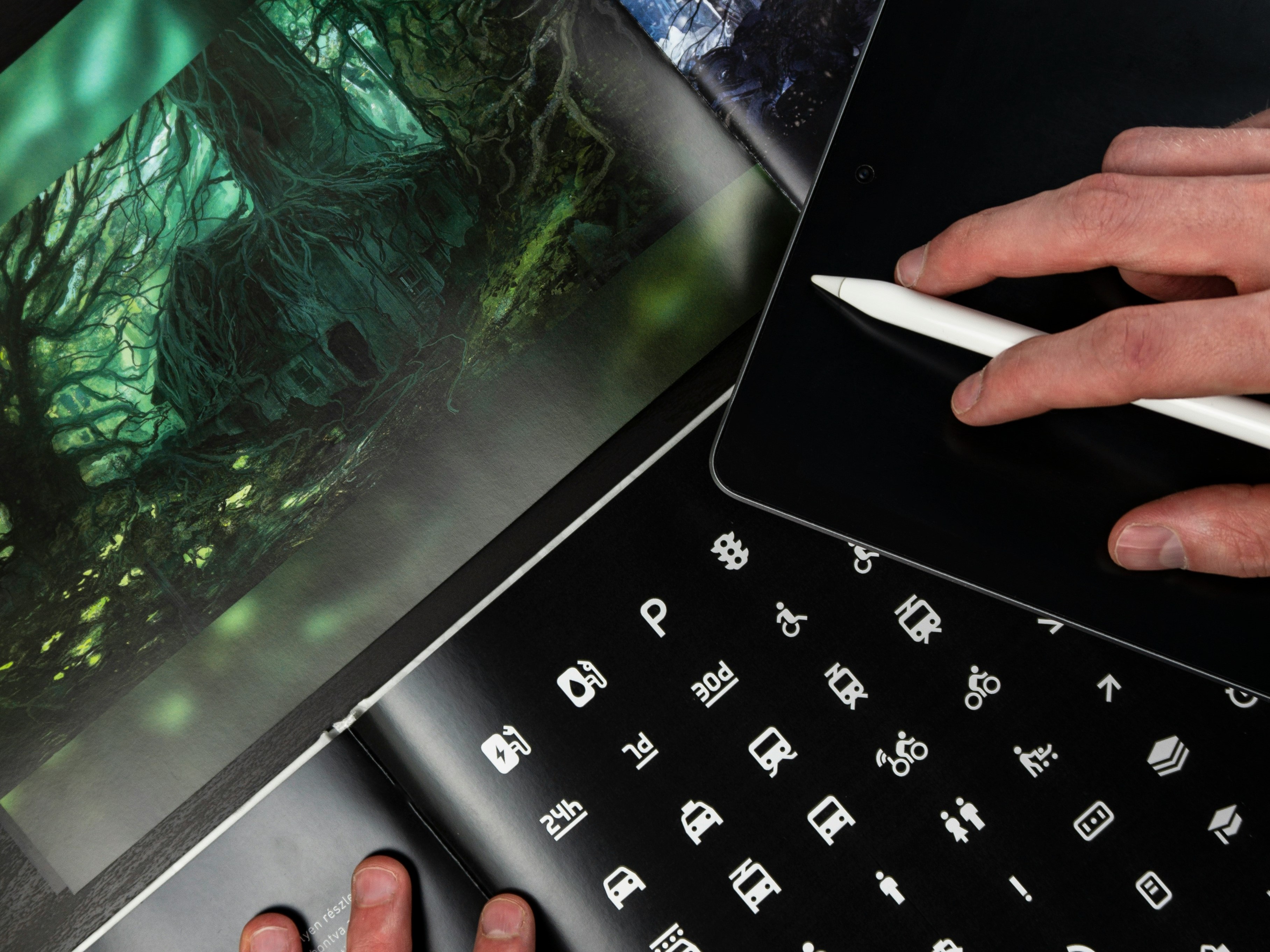
1. Typography Mastery:
Typography is a cornerstone of graphic design, influencing the readability, mood, and impact of a design. Understanding different typefaces, font families, and typographic principles allows designers to create compelling visual narratives. Experiment with typography pairing, hierarchy, and layout to elevate your designs and evoke the desired emotions in your audience.
2. Color Theory and Psychology:
Colors play a vital role in communication, conveying emotions, and shaping perceptions. By mastering color theory and understanding the psychological effects of different hues, designers can create harmonious color palettes that resonate with their target audience. Explore the use of color gradients, contrast, and saturation to evoke specific moods and enhance visual appeal in your designs.
3. Illustration and Iconography:
Illustrations and icons add personality and visual interest to designs, making them memorable and engaging. Whether creating custom illustrations or using pre-made icon sets, mastering illustration techniques allows designers to convey complex ideas and concepts with clarity and creativity. Experiment with different styles, techniques, and visual metaphors to effectively communicate your message and captivate your audience.
IV. Conclusion
Mastering graphic design is an ongoing journey marked by continuous learning and exploration. By understanding fundamental principles, leveraging the latest tools and techniques, and expanding your design toolkit, designers can create impactful and visually compelling work. Whether you're a seasoned professional or just starting out, embrace experimentation, cultivate your creativity, and let your passion for design shine through in every project you undertake.
V. About the Author

[Your Name] is a passionate graphic designer with over a decade of experience in the industry. With a keen eye for detail and a love for all things creative, [Your Name] has helped numerous clients bring their visions to life through stunning visual designs. Whether it's crafting compelling branding identities or designing immersive digital experiences, [Your Name] is dedicated to pushing the boundaries of design excellence. Connect with [Your Name] on [Your Email] to stay updated on the latest design trends and insights.
- 100% Customizable, free editor
- Access 1 Million+ Templates, photo’s & graphics
- Download or share as a template
- Click and replace photos, graphics, text, backgrounds
- Resize, crop, AI write & more
- Access advanced editor
Introducing the Graphic Design Article Template from Template.net! This editable and customizable template is tailored for graphic design enthusiasts. Crafted with precision, it's editable in our Ai Editor Tool, allowing seamless customization. Elevate your content creation game with this versatile template, exclusively designed for your graphic design endeavors.
You may also like
Free
Free CV Template
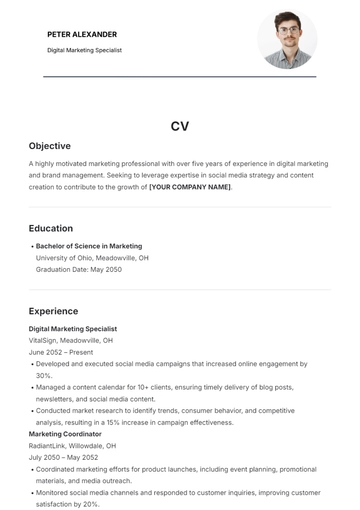
- Resume
- Cover Letter
- Report
- Budget
- Lesson Plan
- Itinerary
- Resignation Letter
- Letter
- Job Description
- To Do List
- CV
- Proposal
- Business Plan
- Checklist
- List
- Smart Goal
- Executive Summary
- Agenda
- Analysis
- Press Release
- Memo
- Note
- Action Plans
- Script
- Essay
- Brief
- Syllabus
- Tracker
- Contract
- Agreement
- Bill of Sale
- Case Study
- White Paper
- Statement
- Will
- Deed
- Notice
- Scope of Work
